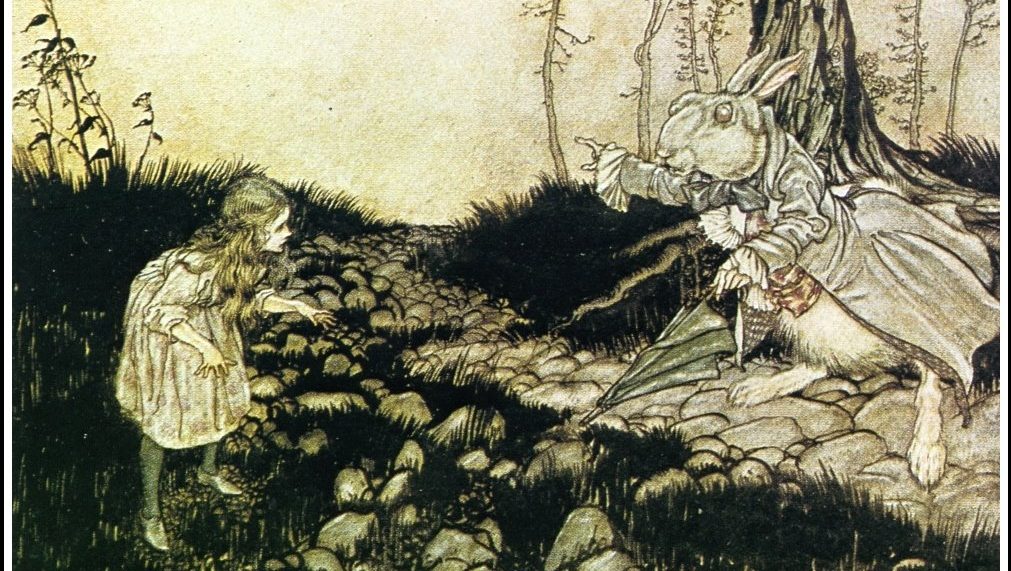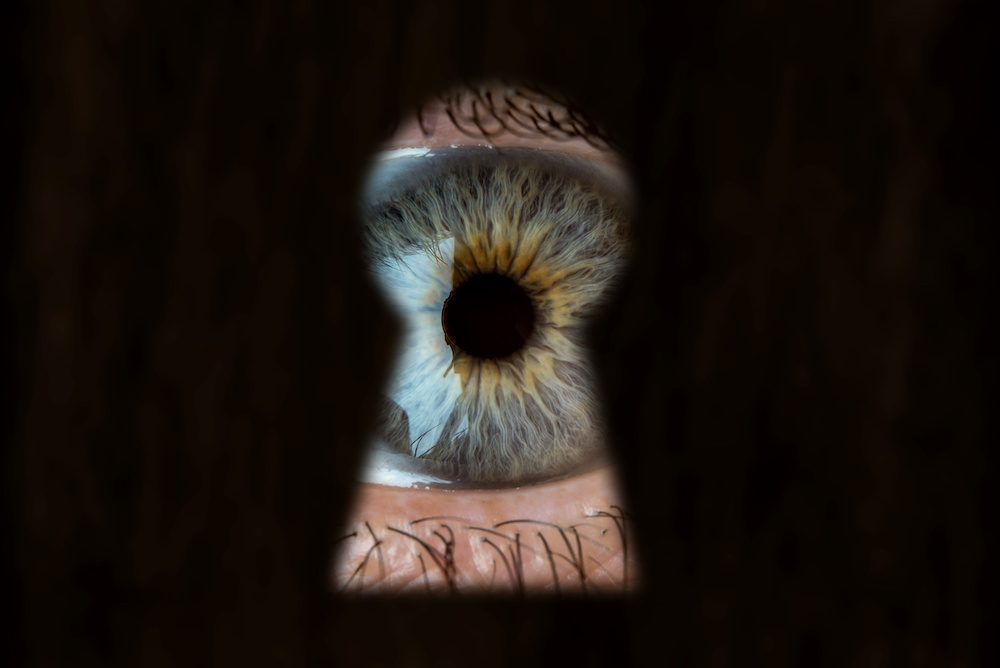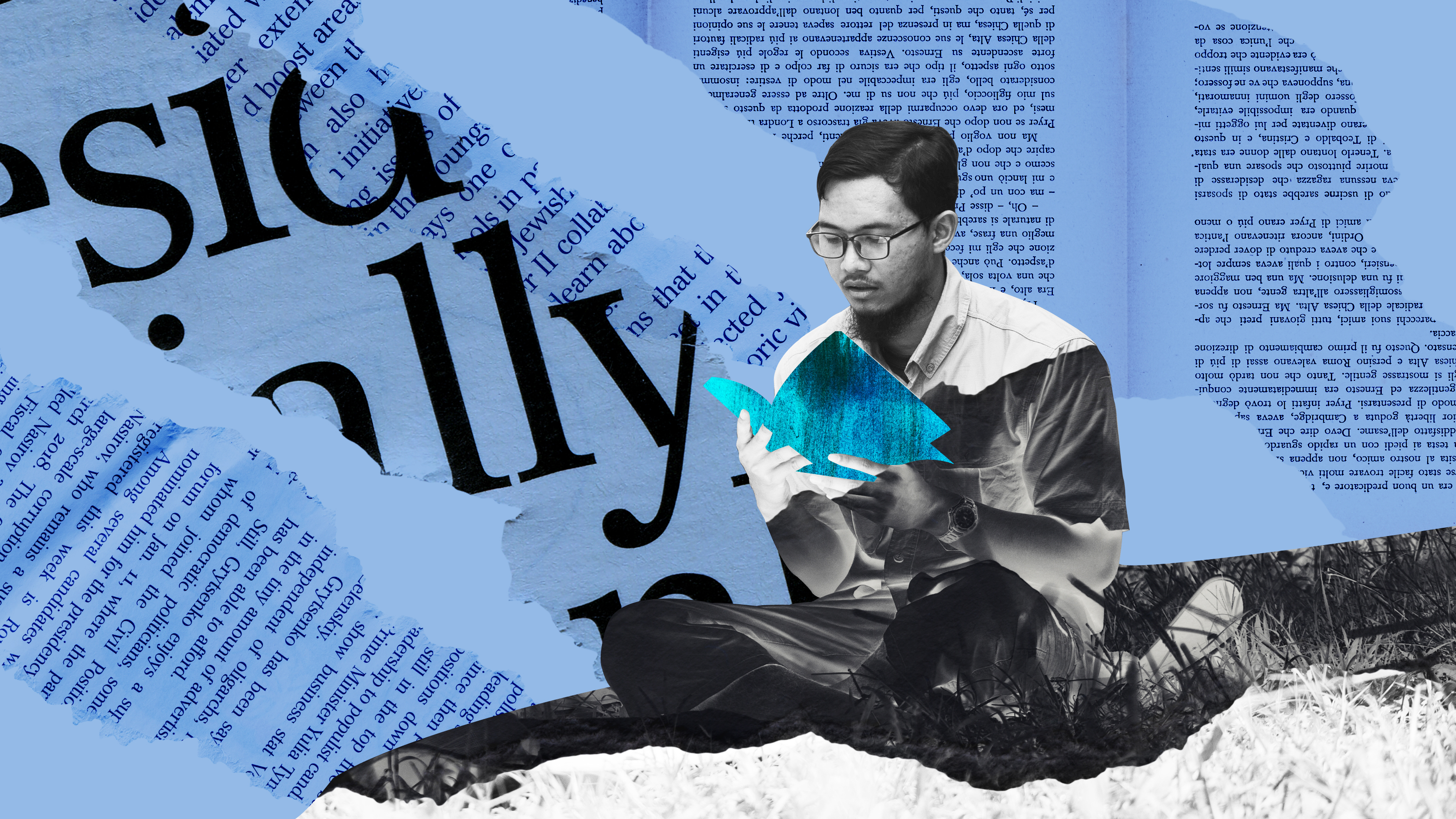Want to be more curious? Experts recommend these 5 habits

- Many animals express curiosity, but humans are an intensely curious bunch.
- Curiosity not only drives artistic and scientific pursuits, but also introspection and personal growth.
- To be more curious, determine what intrinsically motivates you, how to ask better questions, and how to make curiosity its own reward.
Curiosity has long endured an ugly reputation in myth and story. The Book of Genesis tells how Adam and Eve’s curiosity led them to eat the fruit of the tree of the knowledge of good and evil, cursing themselves and all subsequent generations. Across the Mediterranean, Pandora similarly cursed humanity when she opened her fateful box, while sailors who dared to hear the siren’s song dashed their ships against the rocks. The third dervish lost an eye to inquiry in the Thousand and One Nights, and Faustian legend tells of a man who sold his soul to sate his knowledge lust (and paid the hellish price). As if all this misery wasn’t enough, curiosity even kills the cat.
But these mythical accounts of curiosity and its consequences are just that: myths. In reality, curiosity has proven a human success story. As journalist Ian Leslie points out in his book Curious, the Enlightenment embraced intrigue as no era before and kickstarted a historic explosion of new ideas and innovations. There is also mounting evidence that embracing curiosity is important to our well-being. Research shows it to be associated with such personal benefits as increased creativity, life satisfaction, academic performance, and job satisfaction.
To drive the point home, psychologists Todd Kashdan and Paul Silvia propose this thought experiment: “[I]magine what life would be like without the experience of curiosity. There would be no exploration of the self and world, introspection, search for meaning in life, aesthetic appreciation, scientific pursuits, innovation, and, to some degree, personal growth.” A gray and tedious existence indeed. Curiosity is clearly advantageous, so the next curious question to ponder is: Can we cultivate more curiosity in our lives? And if so, how?

Curiouser and curiouser
Though definitions will vary, curiosity is broadly the intense desire to explore the novel, challenging, and uncertain once recognized. Many animals express curiosity in some fashion, but humans are an intensely curious bunch.
Babies’ interest in the world sparks at just a few months old, and they set about investigating with slobbery zeal, putting everything from toys to parents’ hair to tangerine-sized dust bunnies in their mouths. As we age, we develop more indirect (and sanitary) means of exploring things. We ask questions, manipulate objects, and experiment with new approaches to old problems.
While curiosity never diminishes entirely, it differs in intensity between people greatly. The reason is the ever-knotty interplay between natural predisposition and the social environment. But whether you’re the aunt who wants to try every new restaurant in town or the uncle who sticks to his familiar haunts, there is evidence to suggest that you can improve your curiosity from its current baseline.
For instance, a meta-analysis published in Current Psychology combined 41 randomized controlled trials totaling roughly 4,500 participants. Each of the trials employed some kind of curiosity enhancing intervention, and overall, the researchers found that these boosted participants’ curiosity. In particular, interventions that incorporated an element of mystery or gameplay showed the largest effect sizes. Those aimed at general curiosity also proved more effective than interventions focusing on a specific area or subject. The researchers concluded that emphasizing curiosity through obtaining new knowledge or testing new skills may be relevant in work and education settings.

With that in mind, here are five habits experts recommend for cultivating your curiosity.
#1. Understand your motivations
Curiosity is intrinsically motivated. That is, the pursuit of the novel, challenging, and uncertain should be pleasurable itself rather than driving toward some reward or end goal. It’s the difference between taking a college class because the subject calls to you and taking one because the course requirements tell you to.
“When we are curious, we are doing things for their own sake, and we are not being controlled by internal or external pressures concerning what we should or should not do,” Kashdan and Silvia write. So, if you want to cultivate your curiosity, you need to explore the activities, subjects, questions, and mysteries that enliven you.
Easier said than done, I’m afraid. Research by psychologist Kou Murayama has shown that people are terrible at understanding what motivates them and why (what he terms “metamotivational capacity”). In one study, he had lab participants complete boring tasks — things like putting random words in alphabetical order. Before the task, he asked each participant how much they believed they would enjoy it; then afterward, he asked them how much they actually enjoyed it. He offered some participants an external motivator (read: money).
The results: The participants offered an external motivator overestimated how much they would enjoy the task. Conversely, participants given no reward actually enjoyed the task much more because they found ways to intrinsically motivate themselves, such as turning it into a game.
To better understand your own motivations, sit down and write a list of the things you would like to explore and learn about. Then consider which of these you would still find rewarding even if your efforts didn’t result in a tangible gain. Where is the pursuit of knowledge and skill the reward itself? Those are the areas to begin focusing your curious efforts.
#2. Ask mystery-expanding questions
After aging out of our investigative chewing phase, questions become a major driver of our curiosity. However, as consultant Natalie Nixon notes, “Not all questions are created equally. If you want to get a different output, you’ve got to ask a different set of questions.”
Nixon divides questions into two types: divergent and convergent. Divergent questions are those that emanate out toward the mysterious in many potential directions. Think of those that start with “Why,” “What if,” and “I wonder.” Convergent questions run in the opposite direction. They explore the unknown so the answers can be pointed in a unified direction. These are your “Whats,” “Wheres,” and “Whens.”
Both types of questions have their uses, but too often people start their inquiries by asking convergent questions. These can have a dampening effect on curiosity because they push people toward consolidating what is already known or agreed upon. Better to start with divergent questions that lead us to the novel, challenging, and uncertain. These are the qualities that motivate curiosity and drive discovery.
As Nixon said in an interview: “You need to know just a little bit about something to be curious. Inquiry is all about a shift away from ‘only with certain’ to asking new and different sorts of questions. And we really want to encourage those really big picture, expansive questions.”
#3. Be a “clumsy student”
Nixon also recommends you find an area in your life where you can be a “clumsy student.” By that, she doesn’t mean upskilling to build a better resume or pursuing a more lucrative career. Instead, clumsy scholarship is about finding a pursuit that fulfills a desire to learn and acquire new skills in an area you find intrinsically rewarding.
Think of activities like gardening, woodworking, birdwatching, and playing a musical instrument. True, woodworkers will gain the crafts of their efforts and gardens will produce a tasty harvest. But most people who engage in these activities find the knowledge gained and skills mastered to be the true reward. Nixon herself is a clumsy student of ballroom dancing because it requires observation of others and allows her to practice her inquiry directly. (As a bonus, it’s also fun and great exercise.)
“If we are clumsy students of something in our personal lives, we will discover that we will be a lot more confident in asking new and different questions. The world will not come to a screeching halt that seems obvious to others but not to me,” she said.
#4. Surround yourself with curious people
In his book, Ian Leslie reminds us that: “Curiosity is contagious. So is incuriosity.” That is to say that your social environment can either nurture or diminish your curiosity. Your community, work office, and even family not only affect what level of curiosity is acceptable but also what you feel is appropriate to be curious about. Even something as simple as the number of up- or down-votes on an online forum can prime people to be more or less curious about certain subjects.
The solution is to find places where you can surround yourself with curious people. Consider looking to book clubs, volunteer groups, enthusiast clubs, and extended education programs. These social environments are full of people hoping to expand their knowledge and explore subjects that are unknown to them.
And you should do your part to encourage curiosity in your relationships. Kashdan and Silvia cite research showing that curiosity helps build and strengthen social bonds through prosocial behaviors like engagement and responsiveness. In relationships, partners who offer greater self-expansion are even found to be more desirable.

#5. Make curiosity its own reward
Returning to Murayama’s research, his “magic trick” study with Johnny Lau hooked participants to an fMRI scanner and showed them a magic trick. They were then allowed to spin a wheel of fortune. Winners received an explanation of how the trick was performed, while losers received a mild electric shock. Their preliminary results showed that participants with more activity in the reward areas of their brains were more willing to risk the electric shock to satisfy their curiosity.
That’s because when we find curiosity rewarding and search for answers, our brain’s ventral tegmental area — which not only regulates reward consumption but also learning, memory, and addiction behavior — hits us with the feel-good hormone dopamine. And the more we activate this “seeking system,” the stronger the neural pathways become. In time, curiosity becomes not only more habitual but more habitually rewarding.
This is the lesson TV producer John Lloyd discovered in the early 1990s. As Leslie recounts in Curious, Lloyd fell into a deep, existential depression after a string of setbacks. He feared his previous accomplishments — some of the most beloved British comedies — were flukes. To deal with his depression, he took time off work. He went on walks, drank whiskey, and read books.
He read books on everything from ancient Athens to magnetism to French painters. Satisfying his curiosity enlivened him. The more he learned, the more he wanted to learn. The more he satisfied his curiosity, the more curious he became. In time, his creative spark returned and he went on to produce the popular British panel show QI. He also presents the radio talk show The Museum of Curiosity, in which he plays the role of the “Professor of Ignorance.”
“Our attitudes to curiosity retain the taint of ancient warnings. We call people curious when we mean weird. We associate intellectual curiosity with dusty academics immersed in esoterica or with the lone eccentric tinkering in his study, rather than with innovation, collaboration, or entrepreneurialism,” Leslie writes.
You may or may not follow Lloyd’s example — though, I think books have a part to play in satisfying anyone’s interests. Either way, the lesson is clear: It’s time we all got a little more curious about curiosity.
Learn more on Big Think+
With a diverse library of lessons from the world’s biggest thinkers, Big Think+ helps businesses get smarter, faster. To access Natalie Nixon’s full class for your organization, request a demo.





